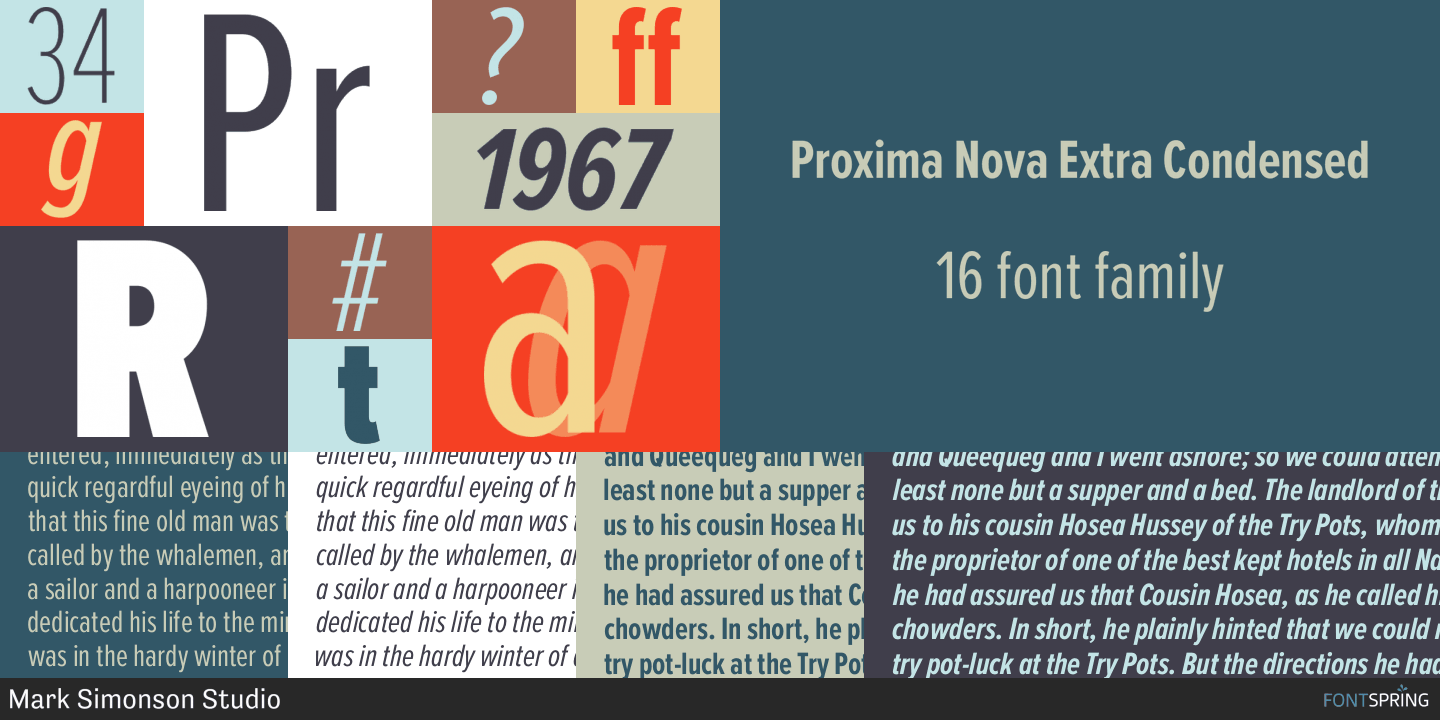

Supplementary fonts ( Proxima Nova Alt and Proxima Nova ScOsf) are included for use with programs (such as Flash and Microsoft Word) that do not yet support all OpenType features. * Requires an application with OpenType and/or Unicode support.Īll characters, including the small caps, old style figures, and alternate characters are included in the basic Proxima Nova fonts. Lining and old style figures (proportional and tabular)*Įxtended language support (most Latin-based scripts supported)* Matching small caps for all weights and widths* Matching italics for all weights and widths The result is a hybrid combining humanistic proportions with a somewhat geometric appearance.Ĩ weights: Thin, Light, Regular, Medium, Semibold, Bold, Extrabold, and Blackģ widths: Normal, Condensed, and Extra Condensed Stylistically, Proxima Nova straddles the gap between typefaces like Futura and classic sans faces. Each width consists of 16 fonts-seven weights with matching italics. There are three widths: Proxima Nova, Proxima Nova Condensed, and Proxima Nova Extra Condensed. The original six fonts (three weights with italics) have been expanded to 48 full-featured OpenType fonts. The Proxima sans comprises 3 widths, including Proxima Nova Condensed, Proxima Nova, and Proxima Nova. It has an extended family and is an absolute re-adjustment of the Proxima Sans font created in 1994.

In 1994 the typeface was updated and released as Proxima Sans before ultimately being expanded and re-released in 2005 as the Proxima Sans we know today. Proxima Nova Font is a classical typeface and one of the most approved and in-demand popular web fonts. Initially the typeface was called Zanzibar. The Proxima Nova family is a complete reworking of Proxima Sans (1994). Regular Medium Semi Bold Bold Extra Bold Black Mark had worked on Proxima Nova since 1981. The font is currently #14 in Best Sellers. Proxima Nova contains 144 styles and family package options. Proxima Nova was designed by Mark Simonson and published by Mark Simonson.


 0 kommentar(er)
0 kommentar(er)
